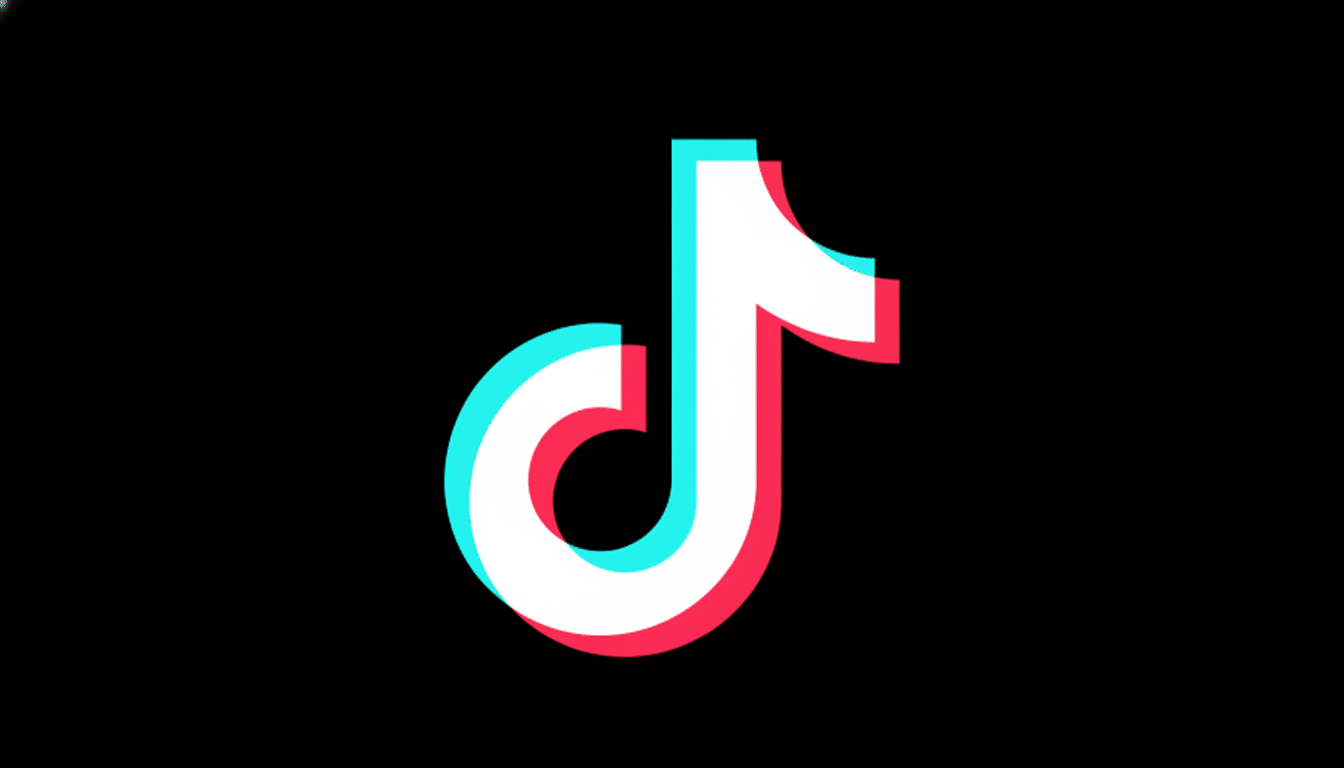If your For You page seems crowded with robo-generated clips, TikTok is testing an answer. It’s also extending the AI content preference and rolling out Manage topics, in addition to bolstering its labeling system with invisible watermarks that aim to track synthetic media across uploads and edits.
TikTok says more than a billion videos—both from humans and AI—have already been uploaded. The new controls aim to better empower people over how frequently those clips will appear, while maintaining availability for users who appreciate AI-generated creativity from tools like OpenAI’s Sora and Google’s Veo.

How to See Fewer AI-Generated Videos on TikTok
Open the app and navigate to Settings > Content preferences > Manage topics. A new preference is at the top of the list. Like most subjects, it offers a five-step range of options: two steps downward for fewer, the standard middle option, and two steps upward for more. Opt for the “Less” options to limit how often you see AI-generated videos in your For You feed.
This is a signal, not a strict block. You could still see AI clips—especially from accounts you follow or content that’s getting wide play. TikTok says its intention is to assist you in fine-tuning the mix, not stripping away entire categories from feeds.
The feature is in testing, so not everyone will have it right away. Like with any recommendation switch, you’re bound to have a little adjustment period as the algorithm recalibrates around your new preference and more recent interactions.
What Invisible Watermarks Mean for TikTok Videos
TikTok already includes C2PA Content Credentials, an industry framework that tags provenance metadata about when media was made or altered with AI. The problem is that metadata can be removed during downloads and edits, or if the creator re-uploads.
Invisible watermarks try to fight through those hops as well. They do this by inserting invisible signals into the pixels or sound that can be picked up and decoded by algorithmic systems at a later date, including after compression and some manual edits. TikTok says it will apply these indicators to content that it presumes is AI-generated, enabling other platforms and users to spot bogus footage no matter if Sora made it, or Veo, or something else.
No watermark is perfect, and large transformations can also weaken detection. Nevertheless, joining invisible signals to visible labels and C2PA credentials fortifies the greater chain of custody of short-form video.
Why TikTok Is Moving Now to Rein In Synthetic Media
Generative video has exploded: creators rely on it for skits, product demos, and hyperreal edits; spammy accounts make reams of low-effort “AI slop” to harvest views. Platforms are scrambling to find ways to balance creative experimentation against user control and authenticity.

Media researchers and consumer advocates have cautioned that synthetic media can pollute information ecosystems. Polls by the Pew Research Center have indicated rising public concern about AI-altered images, and newsroom watchdogs and the Reuters Institute say younger audiences are paying attention to news on video platforms. Far more information never becomes public. At the same time, better disclosure can help build trust without stifling innovation.
Will This Fix the For You Page Experience on TikTok
Consider the AI preference a volume knob, not a mute button. It tweaks ranking, but watch time, replays, and shares still matter. If you watch AI clips to the end, the system will put that content in increasing rotation even irrespective of your preference setting.
Labeling is also crucial. TikTok is able to identify a wide range of AI clips, but it continues to depend on creator disclosures as well as third-party signals. But uploads that are undisclosed or heavily edited can slip through. That’s where digital watermarks and cross-platform provenance standards are supposed to help.
Pro Tips for Recapturing Your TikTok For You Feed
Turn AI toward Less in Manage topics to start, and supplement with manual feedback. Tap Not Interested on AI-heavy clips, unfollow accounts that share synthetic content you’re not interested in, and follow creators whose work you respect to point recommendations back toward human-made videos.
See also other topics listed under Manage topics. You haven’t exhausted the categories you want to follow, but your feed has so much of a certain category that tapping that to move it up in view is no longer enough; nudging those down should clear some space without too big an exile of types of videos you actually want, along with less AI reinforcement.
What It Means for Creators Using AI on TikTok
We don’t have the luxury of choosing not to have transparent labeling. Employing C2PA credentials and enabling platform labels can reduce friction audiences commonly feel and assist recommendations in reaching the best-match viewers. Makers who have AI as one facet of a larger craft are likely to do OK, while low-quality automation approaches could see diminishing returns as user controls and watermarking get more strict.
The bottom line: There’s no need to walk away from TikTok in order to avoid AI slop. With a few setting changes, regular feedback, and clearer labeling on the part of creators, you can return your For You page to better health.

